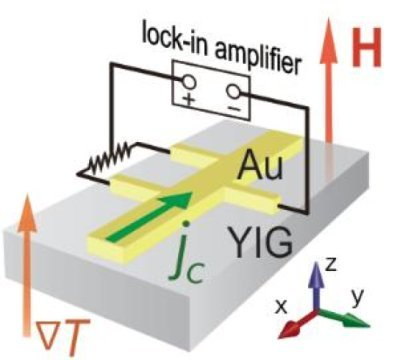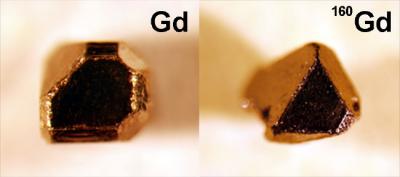Researchers manage to turn gold magnetic
Researchers at Japan's Tohoku University discovered that gold can be magnetized - and this magnetization is induced by the heat flow driven by a temperature change.

The researchers demonstrated this by a simple experiment that used a thin film of gold on top of a block of Yttrium Iron Garnet (YIG) - an insulator magnet. The researchers made sure that the temperatures of the gold and the YIG were different, and they then applied a magnetic field parallel to the heat flow. The Hall voltage (measured in the gold film by in-plane electric current), showed a clear proportional dependence on the applied temperature gradient.
